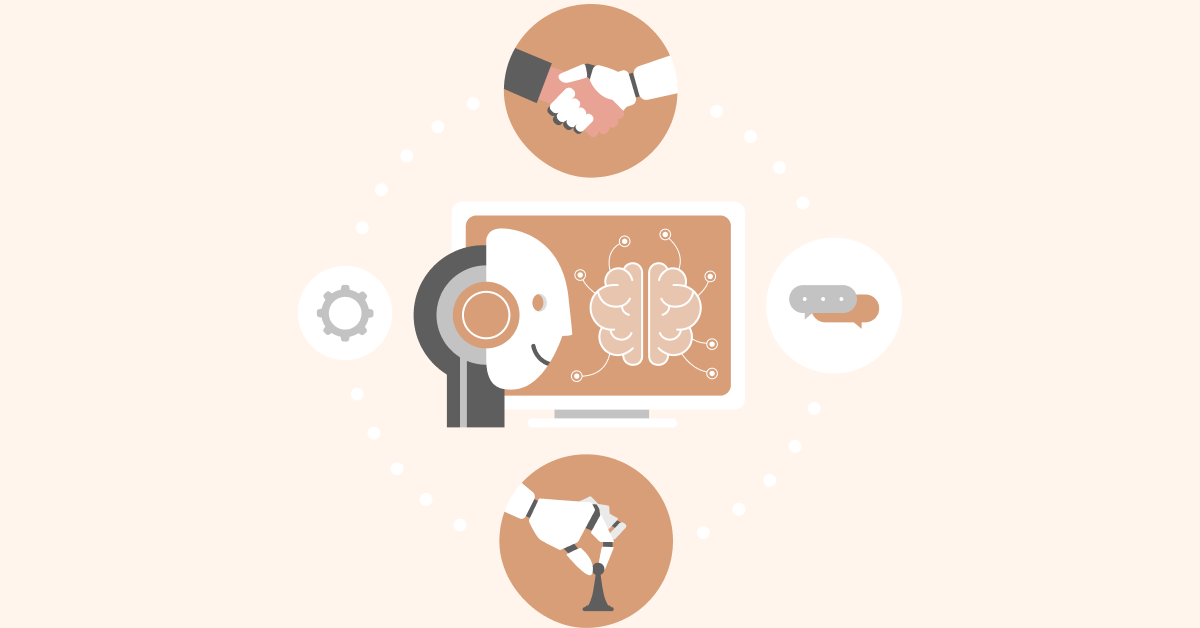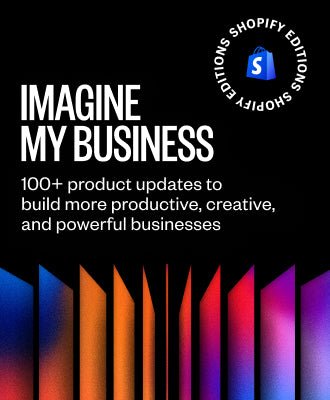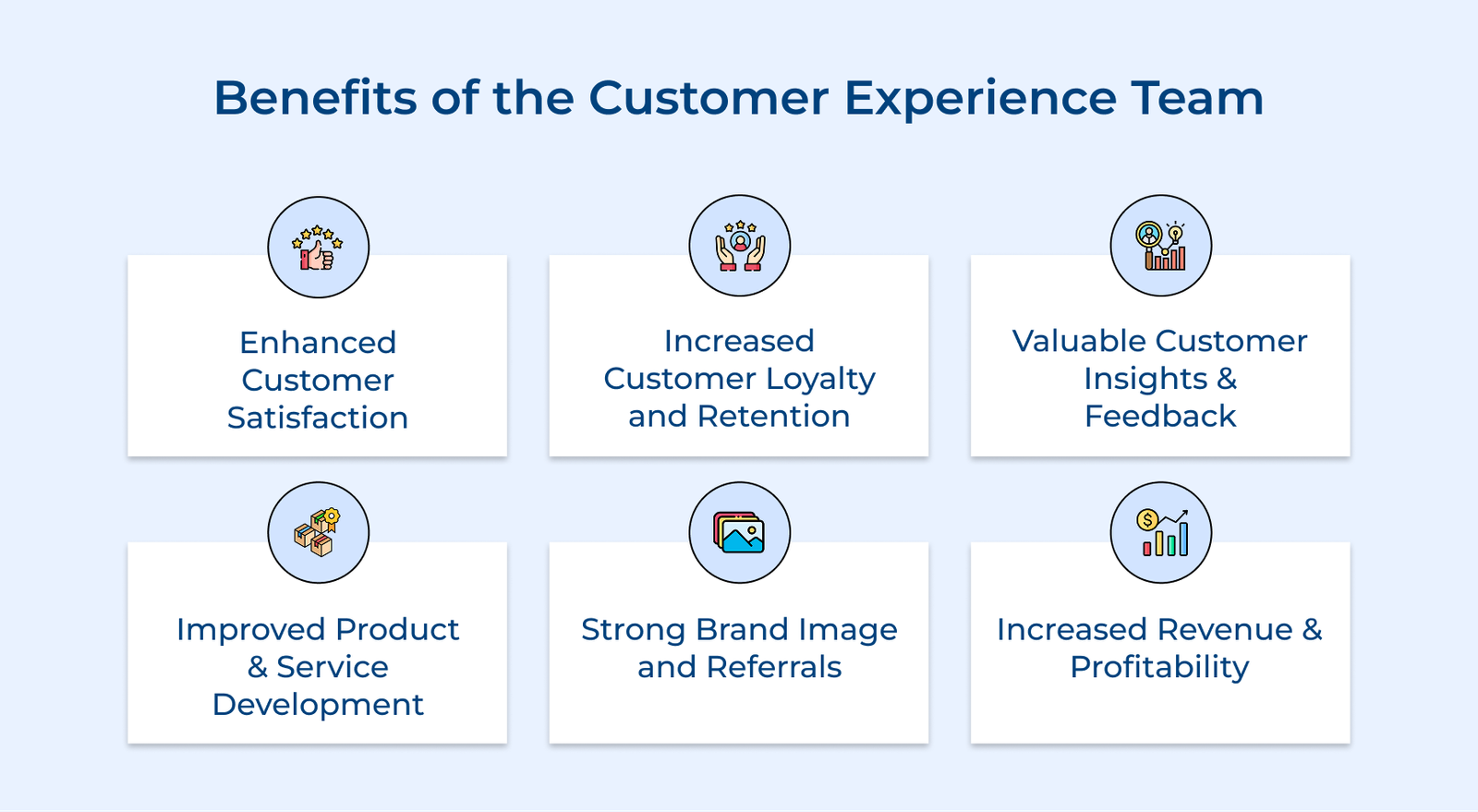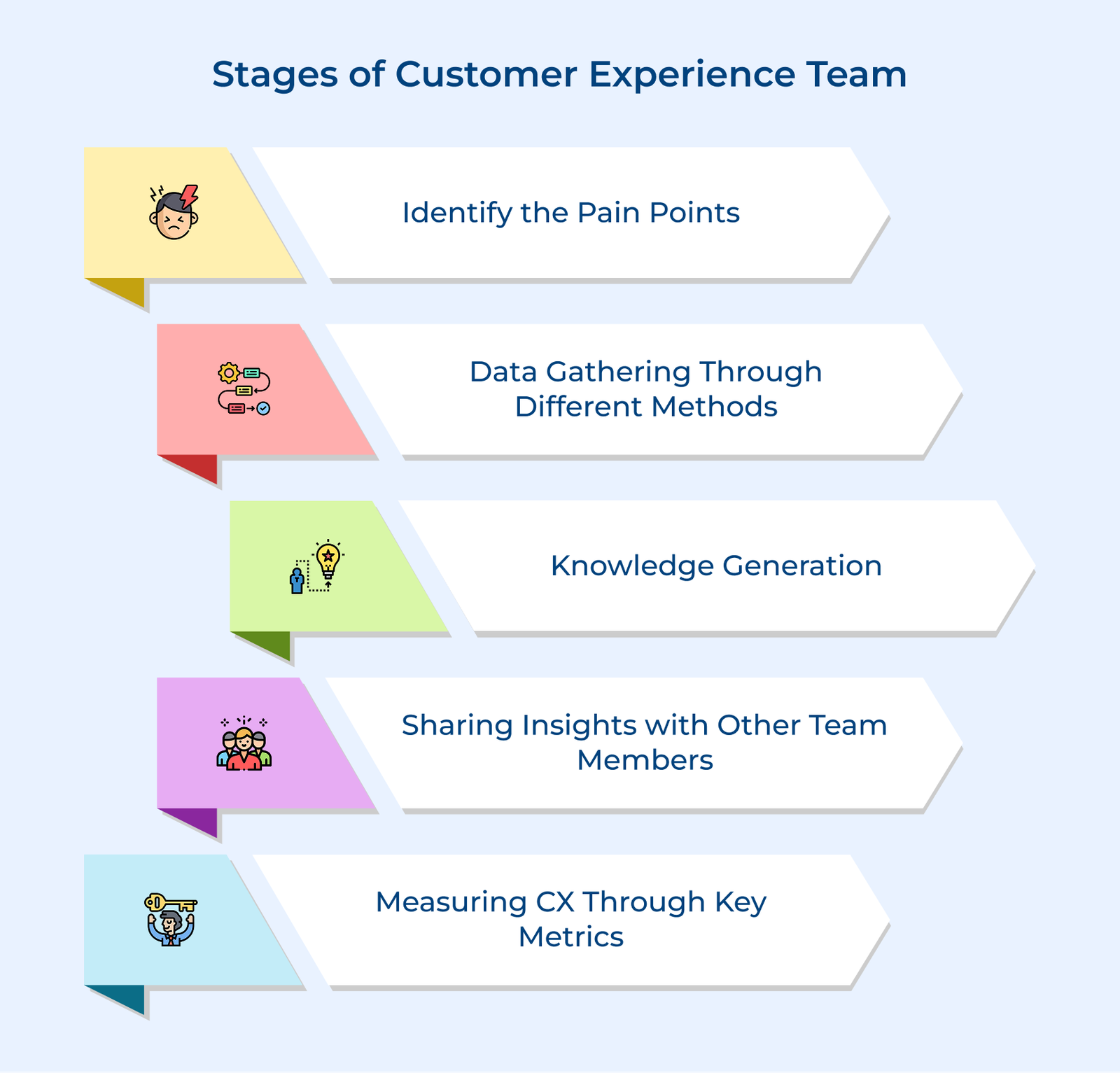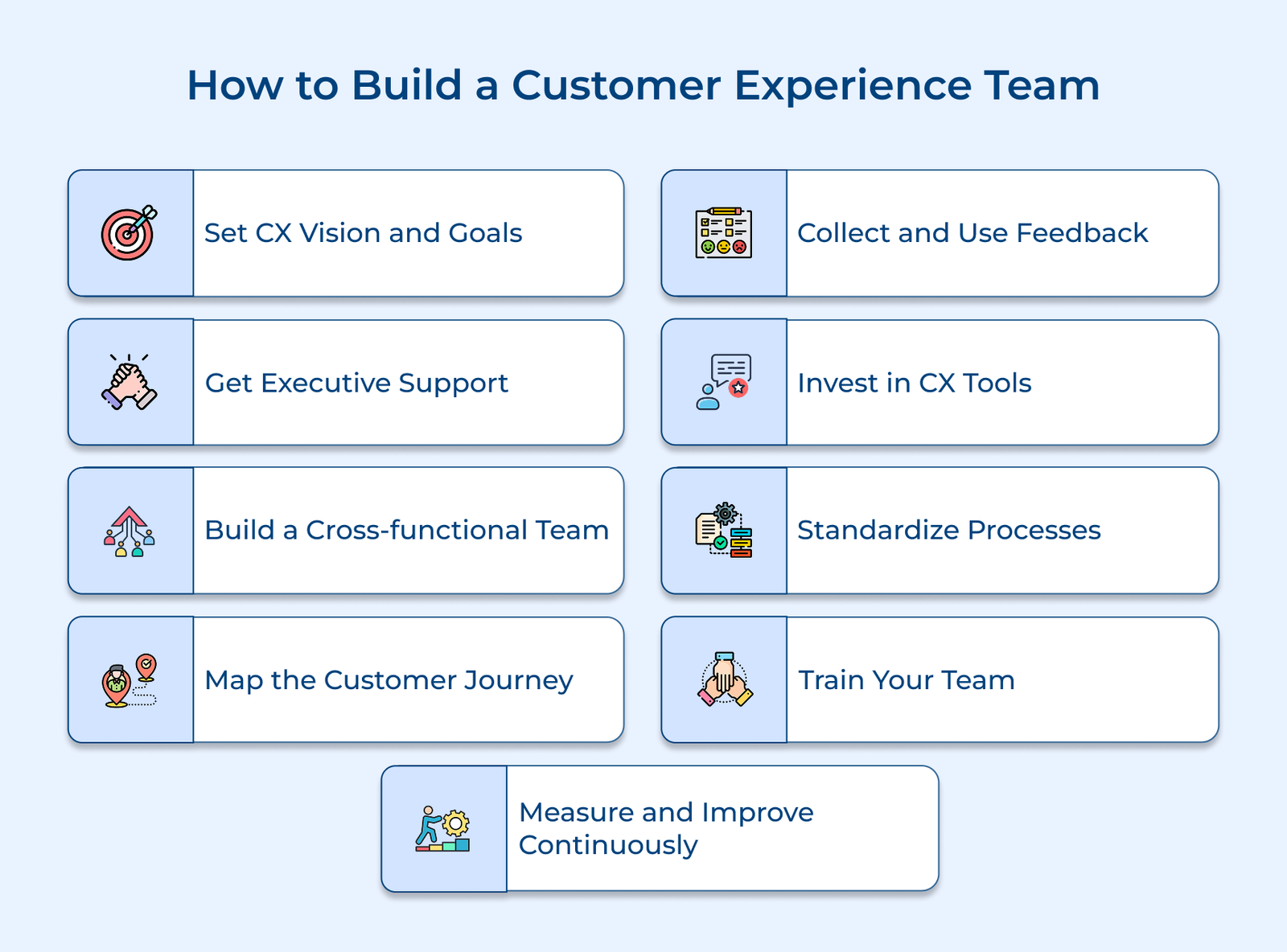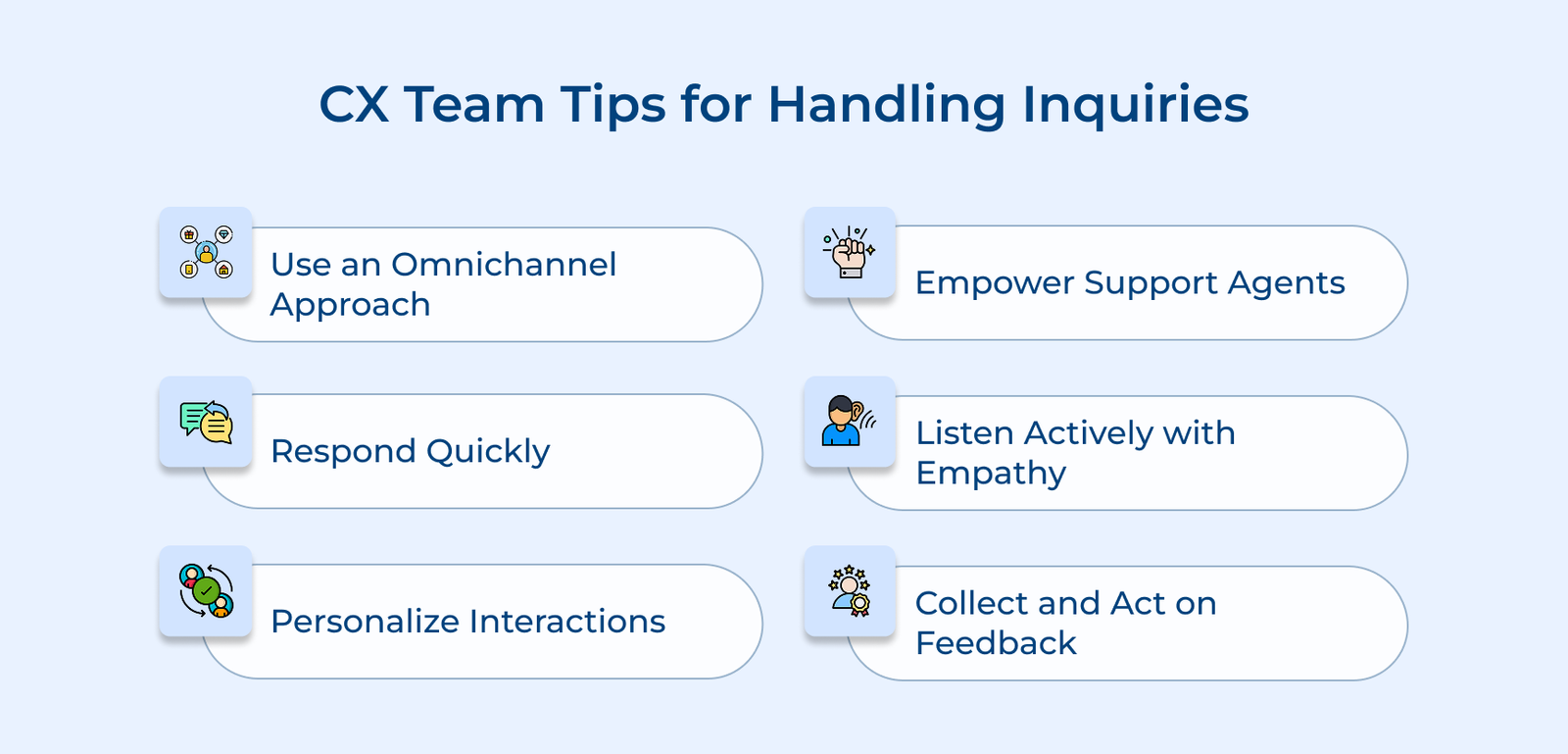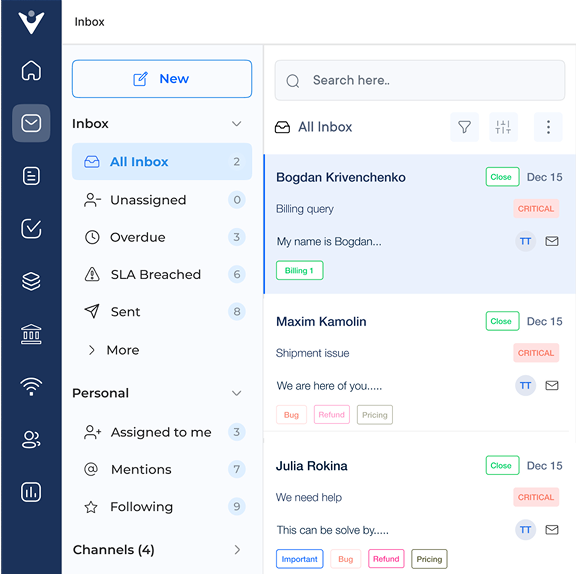1. Define Your Customer Experience Vision and Goals
Creating a clear customer experience vision is essential for building an effective CX team. The vision should define what exceptional customer experience looks like for your organization and align with your company’s mission. Start by setting specific, measurable objectives aimed at enhancing customer satisfaction, loyalty and business performance.
Involve key stakeholders from different departments to ensure alignment and buy-in across the organization. Balance short-term wins with long-term goals for a well-rounded approach. Your CX vision should be both inspiring and attainable, serving as a guiding star for your team’s efforts.
Best Practices:
- Hold workshops with cross-functional leaders to collaboratively shape the CX vision, ensuring alignment and commitment across the organization.
- Use the SMART (Specific, Measurable, Achievable, Relevant, Time-bound) framework to set clear, actionable CX goals that can be easily tracked and evaluated.
2. Secure Executive Buy-In and Support
Present a compelling business case that highlights how investing in customer experience can yield significant benefits, such as increased revenue, improved customer retention and a stronger brand reputation. Use industry data and case studies to illustrate the potential ROI of a dedicated CX initiative.
Emphasize how prioritizing customer experience aligns with the company’s strategic goals and offers a competitive edge in the market. Address concerns by demonstrating how the CX team will collaborate with existing departments to enhance business success.
Best Practices:
- Develop a detailed ROI model that quantifies the expected financial impact of CX initiatives, including both cost savings and revenue growth opportunities.
- Establish a regular reporting system to keep executives updated on CX’s progress, successes and challenges, ensuring ongoing engagement.
3. Assemble a Cross-Functional Team
Creating an effective CX team involves assembling individuals with diverse skills and perspectives. Identify key roles like CX strategists, data analysts, user experience designers and customer service experts. Seek team members with strong empathy, problem-solving abilities and a collaborative spirit.
Incorporate reps from marketing, sales, product development and customer support to ensure a comprehensive approach to customer experience. The cross-functional makeup will break down silos and promote a customer-centric culture across the organization.
Best Practices:
- Create a skills matrix to pinpoint the essential competencies for each CX team role, ensuring a well-rounded and capable group.
- Implement a rotation program that allows team members to temporarily work in different departments, enhancing their understanding of various customer touchpoints.
4. Develop a Customer Journey Map
Creating a comprehensive customer journey map is crucial for understanding the entire customer experience. Begin by identifying all touchpoints where customers interact with your brand, from initial awareness to post-purchase support. Analyze the experience at each stage, pinpointing pain points, moments of delight and improvement opportunities.
Engage customers through interviews or surveys to gather firsthand insights into their experiences and expectations. Use the data to craft a visual representation of the customer journey, highlighting key interactions and emotions. The map will be a valuable tool for identifying areas where the CX team can make the greatest impact.
Best Practices:
- Utilize customer personas to develop multiple journey maps, acknowledging that different segments have unique experiences and needs.
- Frequently update the customer journey map to reflect changes in customer behavior, new touchpoints and shifts in the competitive landscape.
5. Implement Customer Feedback Mechanisms
Create a range of feedback channels, including surveys, interviews, focus groups and social media monitoring. Use both proactive methods (like post-interaction surveys) and reactive approaches (such as complaint hotlines).
Develop a system for collecting, analyzing and responding to feedback promptly. Leverage text analytics and sentiment analysis tools to extract insights from unstructured data. Ensure feedback is shared across relevant departments and used to drive continuous improvements in offerings.
Pro tips:
- Implement a closed-loop feedback system that directly contacts customers who provide negative feedback to resolve issues and prevent churn.
- Utilize real-time feedback tools, like in-app surveys and chatbots, to capture customer sentiment during critical moments in their journey.
6. Invest in the Right Technology and Tools
Select a robust Customer Relationship Management (CRM) system that offers a 360-degree view of customer interactions across all touchpoints. Implement analytics platforms capable of processing large volumes of data to generate actionable insights.
Consider investing in customer experience management software to track CX metrics, manage feedback and orchestrate customer journeys. Choose tools that seamlessly integrate with your existing technology stack and can scale as your CX initiatives expand.
Best Practices:
- Conduct a thorough needs assessment and vendor evaluation to ensure the selected tools align with your specific CX goals.
- Prioritize user-friendly interfaces and provide comprehensive training to ensure high adoption rates among team members.
7. Create Standard Operating Procedures
Establishing clear guidelines for customer interactions is essential for delivering consistent, high-quality experiences. Develop standard operating procedures (SOPs) that outline best practices for various customer scenarios, from routine inquiries to complex issues. Ensure the SOPs are flexible enough to allow personalization while maintaining brand consistency.
Set key performance indicators (KPIs) and metrics to measure the success of your CX initiatives, such as Net Promoter Score (NPS), Customer Satisfaction (CSAT) and Customer Effort Score (CES). Make sure the KPIs align with your CX goals and are regularly updated.
Pro tips:
- Involve frontline employees in the development of SOPs to ensure they are practical, effective and grounded in real-world customer interactions.
- Implement a knowledge management system that provides easy access to SOPs, best practices and FAQs, empowering team members to deliver quick responses.
8. Provide Comprehensive Training
Equipping your CX team with essential skills and knowledge is vital for success. Create a comprehensive training program that covers customer experience principles, empathy, active listening, problem-solving and conflict resolution. Ensure team members receive in-depth training on your products, services and internal processes for effective customer assistance.
Provide ongoing development opportunities through workshops, webinars and industry conferences. Promote cross-training between departments to enhance team members’ understanding of various business aspects and their impact on customer experience.
Pro tips:
- Establish a mentorship program that pairs experienced CX professionals with newer team members, enhancing knowledge sharing and skill development.
- Use role-playing exercises and simulations to practice handling challenging customer scenarios, building confidence in real-world situations.
9. Continuously Measure, Analyze and Improve
Building a successful CX team is an ongoing journey that demands continuous evaluation and improvement. Regularly review performance metrics and KPIs to measure the impact of your CX initiatives, using data analytics to spot trends.
Enhance a culture of experimentation and innovation within the team. Test new ideas through pilot programs or A/B testing and gather feedback from customers along with employees. Use the insights to refine and elevate your CX strategies.
Best Practices:
- Establish a formal process for reviewing CX metrics and insights weekly or monthly, involving key stakeholders from across the organization.
- Create cross-functional innovation teams that regularly brainstorm and prototype new ideas to enhance the customer experience, enhancing a culture of continuous improvement.
Common Challenges Faced by Customer Experience Teams
We will explore the typical hurdles faced by customer experience teams and provide insights on how to overcome them for better customer satisfaction.



